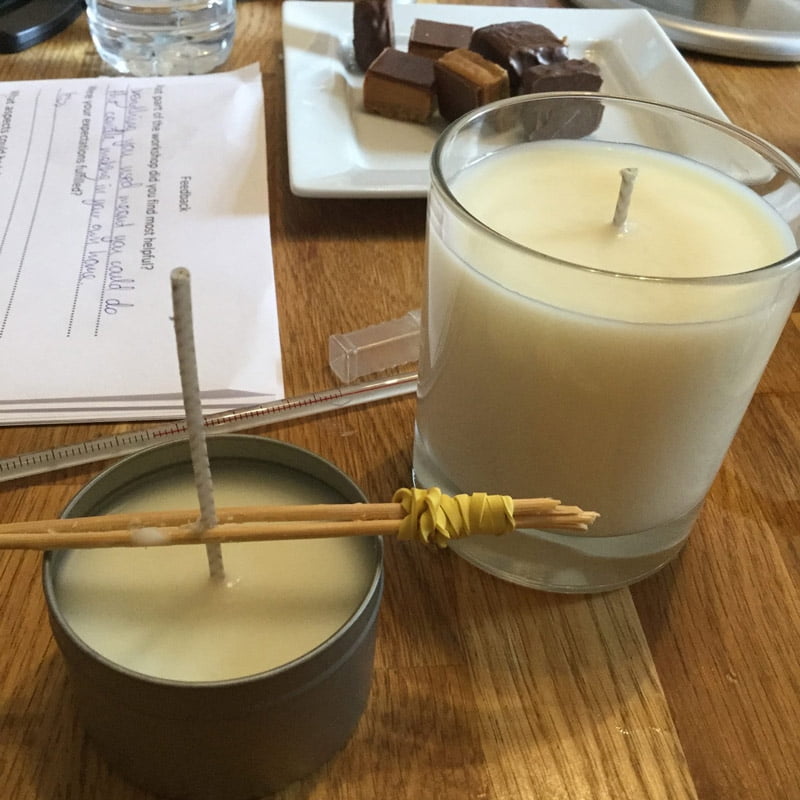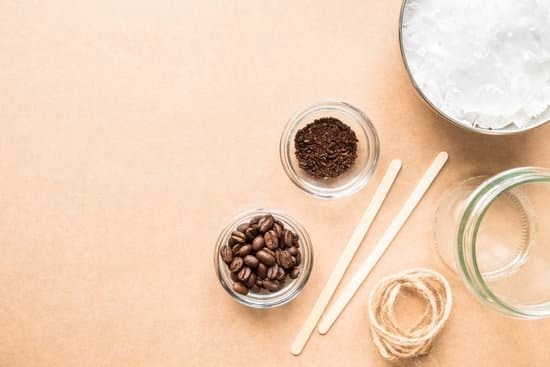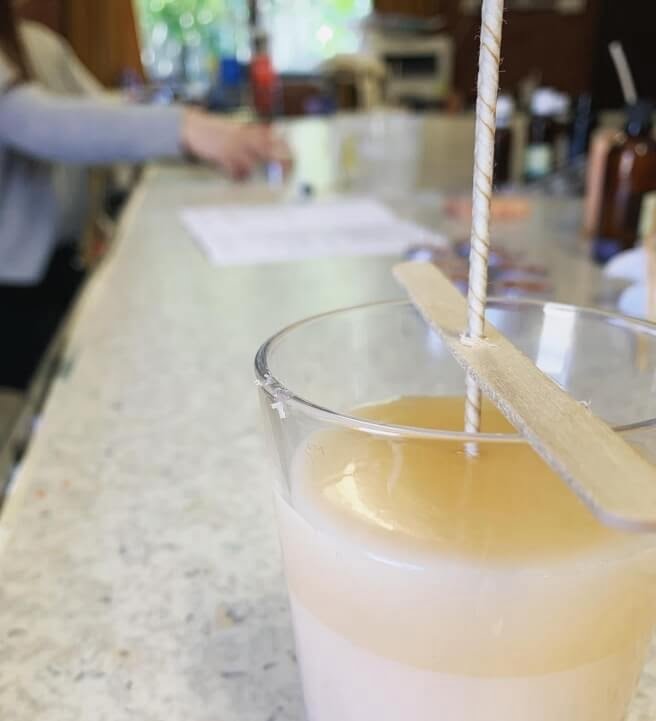Are you interested in creating your own homemade scented candles? Scent candle making is a popular and enjoyable hobby for many people. Whether you are looking to start a small business or simply want to add a personal touch to your home, learning the art of scent candle making can be a rewarding experience.
Scented candles have been around for centuries and hold great cultural significance in various parts of the world. From their early use in religious ceremonies to their modern-day use in aromatherapy, scented candles have played an important role in different cultures throughout history. In this article, we will explore the history and cultural significance of scented candles as well as provide guidance on how to create your own unique scents.
When it comes to creating scented candles, choosing the right wax is crucial. Different waxes have different melting points, scent throw, and burn times, so it’s important to select the best option for your specific needs. In the following sections, we will delve into the various types of wax available and provide a comprehensive guide to help you make an informed decision when embarking on your scent candle making journey.
The History of Scented Candles and Their Cultural Significance
Early Origins
Scented candles have a rich history that dates back to ancient civilizations. The earliest known candles were made by the Romans, who dipped rolled papyrus in melted tallow or beeswax to create an early form of candle. These early candles were primarily used for practical purposes such as providing light, but they were also sometimes scented with herbs and spices for use in religious ceremonies.
Cultural Significance
Throughout history, scented candles have held cultural significance in various societies. In ancient China and Japan, they were used in religious rituals and ceremonies. In Egypt, scented candles were placed in the tombs of pharaohs to provide light and scent in the afterlife. In medieval Europe, scented candles were often associated with wealth and luxury, used in royal courts and wealthy households.
The Renaissance of Scented Candles
Scented candles experienced a renaissance during the Middle Ages when they became popular in Europe for both practical and decorative purposes. During this time, candle-making techniques advanced, allowing for the creation of more complex scents using a variety of botanical ingredients. Scented candles became especially popular during the Victorian era when they were used to mask unpleasant odors in homes and public spaces.
As you can see, scented candles have a long and fascinating history that spans across many cultures. Understanding their historical significance can provide insight into why they continue to be beloved today for their ability to evoke ambiance, relaxation, and nostalgia through their fragrances. Whether as part of religious rituals or everyday home use, scented candles have played an important role throughout human history.
Choosing the Right Wax for Scented Candle Making
When it comes to creating beautifully scented candles, choosing the right wax is crucial to achieving the perfect burn and scent throw. There are several types of wax commonly used in candle making, each with its own unique characteristics and benefits. Below is a comprehensive guide to help you choose the right wax for your scented candle making project:
- Paraffin Wax: This traditional wax is known for its excellent scent throw and ability to hold color well. It is often the preferred choice for beginners due to its ease of use and affordability.
- Soy Wax: As a natural alternative to paraffin, soy wax offers a clean burn and good scent throw. It is also biodegradable, making it an eco-friendly option for environmentally conscious candle makers.
- Beeswax: Known for its natural honey-like aroma, beeswax is a popular choice for luxury scented candles. It has a longer burn time than other waxes and produces a bright, warm flame.
- Coconut Wax: Derived from coconut oil, this wax is known for its creamy texture and strong scent throw. It also has a clean burn and excellent glass adhesion, making it ideal for container candles.
In addition to these popular waxes, there are also blends available that combine the benefits of different waxes. Whether you prefer a traditional paraffin wax or want to explore natural alternatives like soy or beeswax, selecting the right wax is an important first step in creating high-quality scented candles.
Once you have chosen the right wax for your scented candle making project, it’s important to consider factors such as melting point, fragrance load capacity, and appearance when determining which wax will best suit your needs. By taking the time to carefully select the appropriate wax for your candles, you can ensure that your final products burn cleanly, evenly, and emit a beautiful aroma that fills any room.
Essential Oils vs Fragrance Oils
When it comes to scent candle making, one of the most important decisions to make is whether to use essential oils or fragrance oils. Essential oils are derived from plants and offer natural scents, while fragrance oils are synthetic and can offer a wider variety of scents. Both have their pros and cons, so it’s essential to understand which is best for your specific needs.
Essential oils are known for their therapeutic properties and natural aromas. They can be more expensive than fragrance oils, but many people prefer them due to their natural origins and the calming effects they provide.
On the other hand, fragrance oils come in a wide range of scents that may not be available in essential oil form. They also tend to have a stronger scent throw when used in candles, making them ideal for those who want a highly fragrant candle.
When choosing between essential oils and fragrance oils for your scented candle making, it’s important to consider the desired result, budget, and personal preference. Some crafters even choose to combine both types of oils to create unique and complex scents. Experimenting with different options can lead to discovering new favorite combinations that set your candles apart from others on the market.
| Types of Oils | Pros | Cons |
|---|---|---|
| Essential Oils | Natural aromas, Therapeutic properties | Can be more expensive |
| Fragrance Oils | Wide range of scents, Stronger scent throw | Synthetic origin |
The Art of Mixing Scents
Understanding Scent Profiles
Before diving into the actual blending process, it’s important to have a basic understanding of scent profiles. Each essential oil and fragrance oil has its own unique characteristics, including top, middle, and base notes. Top notes are the first scents you smell when you light the candle, while middle notes emerge as the candle burns, and base notes provide depth and richness to the overall aroma. By understanding these scent profiles, you can create more balanced and complex blends.
Experimenting With Different Combinations
One of the most exciting aspects of scent candle making is experimenting with different scent combinations. Start by selecting a few key oils that you’d like to work with and create small test batches to see how they interact with each other.
Keep detailed notes on each blend so that you can track your results and make adjustments as needed. Don’t be afraid to think outside the box and try unexpected combinations – sometimes the most unconventional pairings yield the best results.
Finding Inspiration in Nature and Beyond
When it comes to mixing scents for your candles, inspiration can come from anywhere. Nature, memories, or even your favorite perfumes can all serve as sources of inspiration for creating unique aromas.
Take note of scents that resonate with you in everyday life and consider how they could be translated into a candle fragrance. By harnessing your creativity and being open to new ideas, you’ll be able to develop truly original scent blends that set your candles apart from others on the market.
By honing your skills in scent blending, you’ll be able to create one-of-a-kind custom fragrances that leave a lasting impression on anyone who experiences them. Whether you’re crafting candles for personal use or for sale, this art form allows for endless possibilities and opportunities for creativity. With practice and experimentation, you’ll become adept at creating wonderfully complex scents that add an extra layer of allure to your handmade candles.
The Importance of Proper Wick Selection in Scented Candle Making
The importance of selecting the right wick for your scented candle cannot be overstated. A wick that is too small will result in a tunneling effect, where the wax melts down the middle and not to the edges, thus wasting the scent throw and burning time.
On the other hand, a wick that is too large may cause your candle to produce black soot and an uneven burn. Here are some key factors to consider when selecting the proper wick for your scented candles:
Factors to consider when choosing the right wick:
- Candle size: Different candle sizes require different wick sizes. Larger candles will need larger wicks to provide a sufficient melt pool, while smaller candles can make do with a smaller wick.
- Wax type: The type of wax you use for your scented candle can also affect the choice of wick. For example, soy wax and beeswax may require different types of wicks due to their unique burning characteristics.
- Fragrance load: Candles with a high fragrance load will need a stronger, thicker wick to ensure that the scent is adequately dispersed when burned.
Once you have considered these factors, you can then choose from a variety of wick materials such as cotton or wood. It’s important to conduct test burns with different wicks to determine which one provides the best burn performance and scent throw for your specific scented candle recipe. By taking the time to select the right wick for your scented candle making project, you can ensure that your candles burn evenly and release their delightful aroma effectively.
In addition, it is worth mentioning that wooden wicks are becoming increasingly popular in scented candle making due to their aesthetic appeal and soothing crackling sound when burned. However, it is essential to take into account that wooden wicks may require a slightly wider container or more testing compared to cotton ones since they have unique burning properties that need fine-tuning for each individual scent candle-making project.
Always remember that proper research and testing are key elements in achieving success in creating exquisite scented candles at home or professionally.
Step-by-Step Guide to Scented Candle Making at Home
Scented candles add a touch of warmth and coziness to any room, making them a popular choice for home decor and relaxation. Making your own scented candles at home can be a fun and rewarding hobby that allows you to customize the scent and appearance of your candles. In this step-by-step guide, we will walk you through the process of creating your own scented candles from start to finish.
First, you will need to gather all the necessary supplies for your scented candle making project. This includes wax, fragrance oils or essential oils, a double boiler or melting pot, a thermometer, candle wicks, containers for the candles, and a stirring utensil. It’s important to use high-quality ingredients to ensure that your scented candles turn out well.
Next, you will need to melt the wax in the double boiler or melting pot until it reaches the appropriate temperature for adding fragrance oils or essential oils. The exact temperature will depend on the type of wax you are using, so be sure to follow the manufacturer’s instructions carefully. Once the wax is melted and at the right temperature, you can add your chosen scent using either fragrance oils or essential oils.
Finally, you can pour the scented wax into your chosen containers and insert the wicks. Allow the candles to cool and harden before trimming the wicks to the appropriate length. With these simple steps, you can create beautiful and fragrant homemade candles that make perfect gifts or additions to your own home decor.
| Supplies Needed | Steps |
|---|---|
| wax | Melt wax in double boiler or melting pot |
| fragrance oils or essential oils | Add scent at appropriate temperature |
| candle wicks | Pour scented wax into containers and insert wick |
Troubleshooting Common Issues in Scented Candle Making
In conclusion, the art of scent candle making is a fascinating and rewarding endeavor that has a rich history and cultural significance. From choosing the right wax to selecting essential oils or fragrance oils, and mastering the art of mixing scents, there are many factors to consider in creating the perfect scented candle. However, with the right knowledge and techniques, anyone can enjoy the process of making their own unique and beautifully scented candles at home.
One of the most important aspects of scent candle making is proper wick selection, as this can greatly affect the burn and overall quality of the candle. It’s essential to choose the right wick size and type for the specific wax and container being used to ensure a clean and even burn.
Additionally, troubleshooting common issues in scented candle making is crucial for achieving a perfect pour. Whether it’s addressing issues such as tunneling, frosting, or poor scent throw, knowing how to troubleshoot these problems will ensure that every batch of scented candles turns out just right. With practice and determination, anyone can become skilled in the art of scent candle making and enjoy creating beautiful candles that fill their homes with delightful aromas.

Welcome to my candle making blog! In this blog, I will be sharing my tips and tricks for making candles. I will also be sharing some of my favorite recipes.





